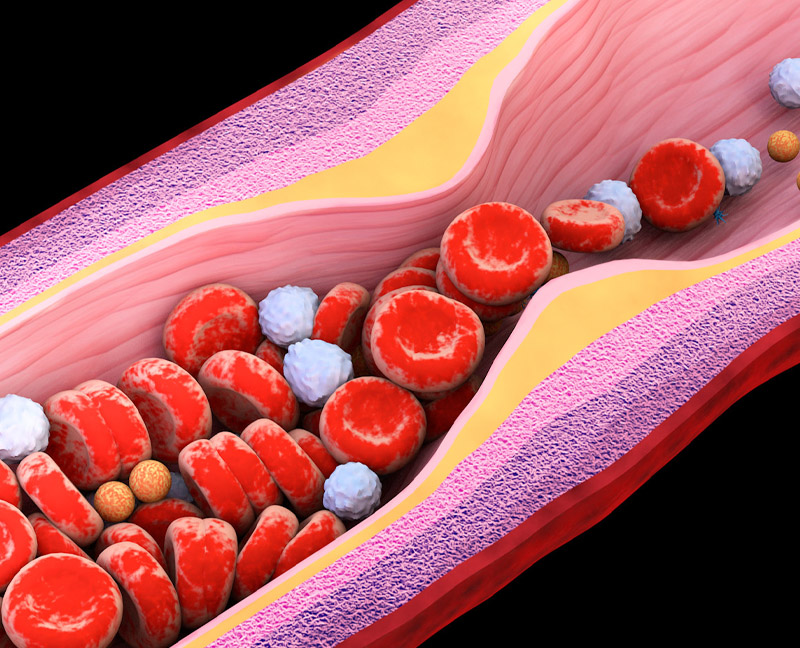Cholesterol Control: Tips for a Heart-Healthy Life

Cholesterol is a fatty, waxy substance found in your blood and is necessary for building healthy cells and hormones. However, having too much cholesterol can pose serious health risks, primarily related to heart health. When excess cholesterol circulates in the bloodstream, it can contribute to plaque buildup in arteries, leading to conditions like atherosclerosis, heart disease, and stroke.
Good vs. Bad Cholesterol: What’s the Difference?
Cholesterol isn’t all the same; it’s divided into two types—LDL (low-density lipoprotein) and HDL (high-density lipoprotein). LDL, or “bad” cholesterol, contributes to plaque buildup, narrowing arteries and increasing the risk of heart issues. HDL, known as “good” cholesterol, helps remove LDL cholesterol from the arteries, reducing health risks.
A healthy cholesterol level varies by age, but for most adults, total cholesterol should stay under 200 mg/dL, with LDL below 100 mg/dL and HDL at 40 mg/dL or higher. If your cholesterol levels are higher than these ranges, it may be time to take action to lower them.
Five Tips to Lower Cholesterol
Managing cholesterol often requires a mix of lifestyle adjustments and healthy habits. Here are five tips that can help lower cholesterol:
- Eat More Fiber: Soluble fiber, found in oats, beans, fruits, and vegetables, can reduce the absorption of cholesterol in the bloodstream, lowering LDL levels.
- Choose Healthy Fats: Replace saturated fats (found in red meat and full-fat dairy) with healthy fats like those in olive oil, avocados, and nuts. This shift can reduce LDL cholesterol without affecting HDL.
- Increase Physical Activity: Regular exercise helps raise HDL levels while lowering LDL and triglycerides. Aim for at least 30 minutes of moderate activity, like brisk walking or cycling, on most days of the week.
- Limit Cholesterol-Rich Foods: While dietary cholesterol isn’t as harmful as saturated or trans fats, limiting foods high in cholesterol, such as organ meats, egg yolks, and shellfish, may help some individuals manage their cholesterol levels better.
- Quit Smoking: Smoking lowers HDL cholesterol and can damage blood vessels, making it easier for LDL to stick to artery walls. Quitting smoking can improve HDL levels and benefit overall heart health.
Foods to Avoid for Cholesterol Management
To maintain heart health, try to limit or avoid foods high in saturated and trans fats. This includes fatty cuts of meat, fried foods, pastries, and processed foods with hydrogenated oils. High-sugar foods and beverages should also be limited, as sugar contributes to high triglyceride levels, which can worsen cholesterol profiles.
Monitoring Cholesterol Levels
Knowing your cholesterol levels starts with a simple blood test, often called a lipid panel, which measures your total cholesterol, LDL, HDL, and triglycerides. This test helps provide a full picture of your heart health and can indicate if lifestyle changes are necessary.
How a Primary Care Doctor Can Help
Your primary care doctor plays a crucial role in managing cholesterol. They can assess your levels, recommend lifestyle adjustments, and, if necessary, prescribe medication to help keep your cholesterol in check. Doctors can also guide you in setting realistic health goals and monitoring progress, ensuring a proactive approach to heart health.
Cholesterol management is essential for long-term health, but it doesn’t have to be overwhelming. By making intentional lifestyle choices and regularly consulting with a healthcare provider, you can effectively control your cholesterol levels and enjoy a healthier life.
The contents of this article have been reviewed by Rosario Alfaro, APN with Shore Physicians Group. She treats patients at Shore Physicians Group’s Northfield office. To schedule an appointment with Rosario Alfaro, call 609-365-5300.